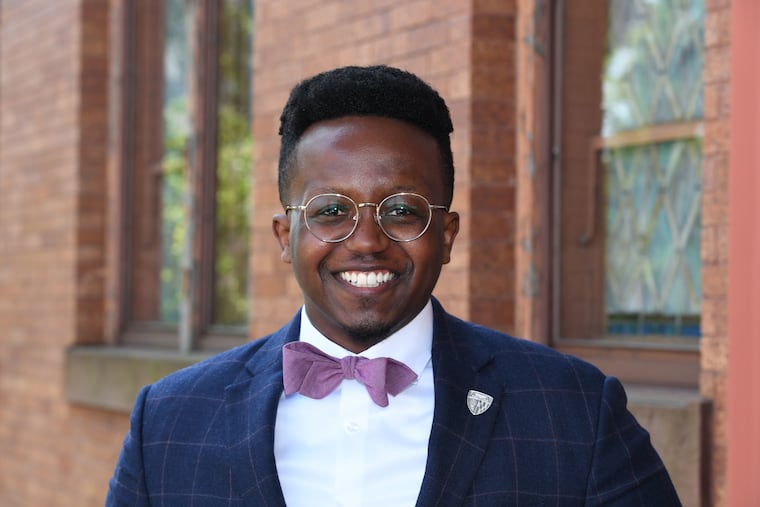Please don’t forgive my student loans. Change the system instead. | Opinion
Even if we forgive current student loans, we keep issuing new ones. Rather than erasing debt, let’s make it easier to pay it off.

Even if we forgive current student loans, we keep issuing new ones. Rather than erasing debt, let’s make it easier to pay it off.
